These Are the Easiest Herbs to Grow, to Always Have Fresh Herbs on Hand
Published March 25 2022, 11:43 a.m. ET
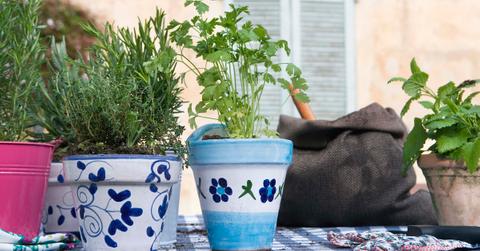
There's something really special about being somewhat self-sufficient in terms of growing your own food. And even though harvesting fruits and vegetables isn't a viable option for everyone, having fresh herbs on hand is always an easy way to up your cooking game, and make your living space a little greener.
Whether you live in an apartment, or if you have a little plot of land in your backyard, these are the easiest herbs to grow.
Rosemary
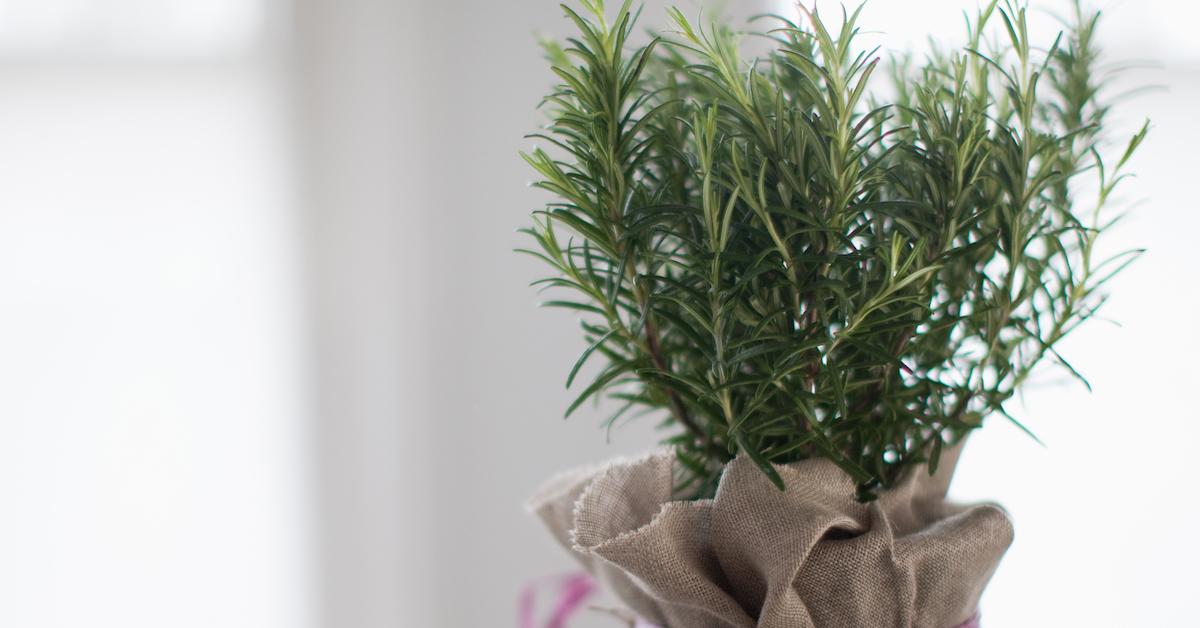
Even though one might think of rosemary as a wintertime treat, it's surprisingly very easy to grow year-round. When it's grown outside, rosemary doesn't require much of anything — it needs very little sunlight, space, or care. In fact, it prefers to be generally ignored.
Based on personal experience, you can simply leave it alone most of the time, and it will continue to grow from a few little stalks into a pretty massive bush. It's definitely more finicky indoors, but we suggest trying it outside if you even have a little bit of space.
Sage

Sage is great to have on-hand for stews and casseroles alike, and according to David Domoney, sage is it's super easy to grow. It needs a sunny spot with good drainage, as it doesn't thrive in wet soil, but it's easy to grow indoors and outdoors.
There are several types to choose from, and they must be harvested regularly to stimulate growth. But as long as it has dry growing conditions, it should be just fine.
Mint
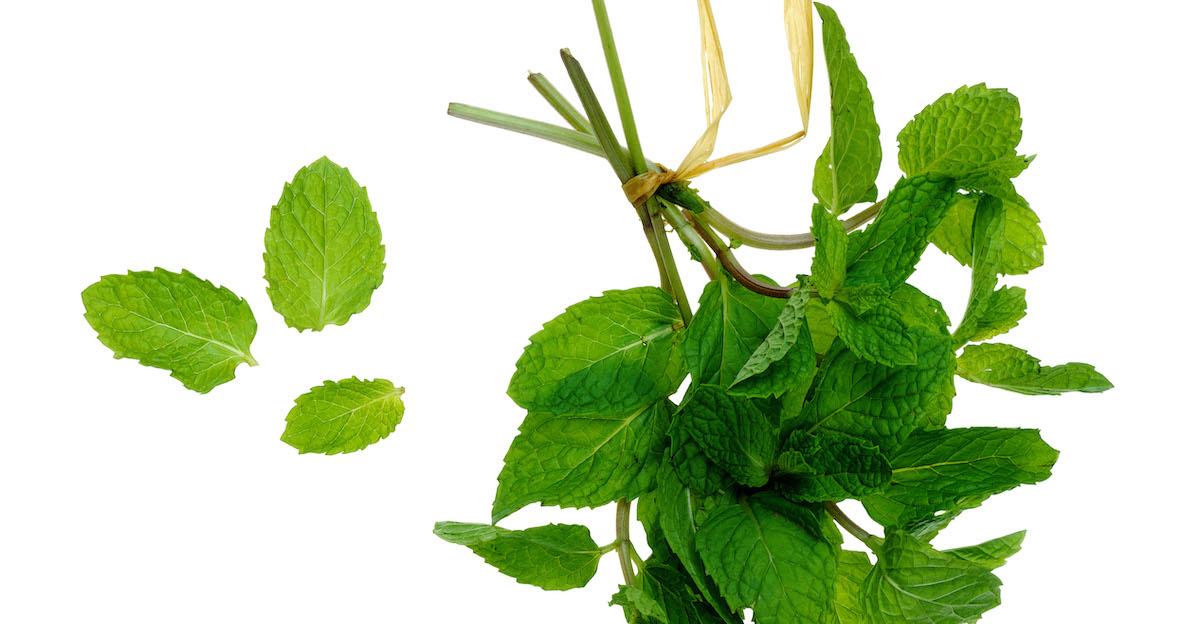
Mint does well in a garden, according to The Spruce, and at times, it can almost grow out-of-control. It generally thrives in moist, not soggy soil in full or partial sunlight. And although it can pretty easily bounce back in a drought, it's recommended to water it if the leaves are wilting or turning brown.
Gardeners recommend pinching back the stems for a bushier plant, as they can stretch towards the sun and become almost leggy. But either way you're bound to have success with mint.
Thyme
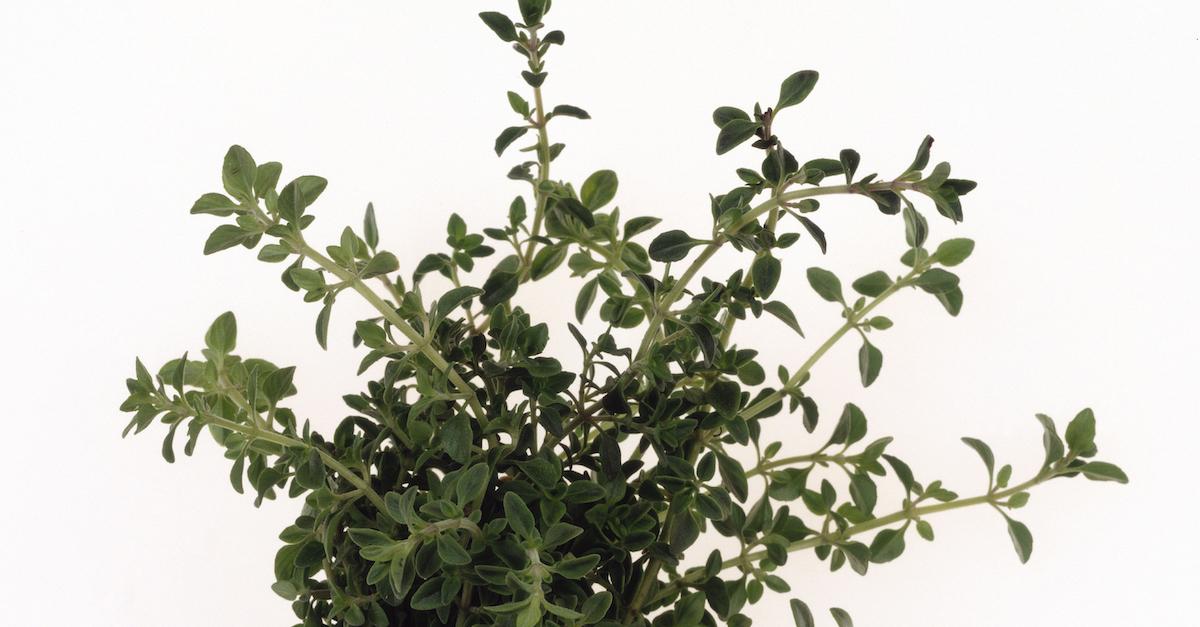
If you need an indoor plant, thyme is on your side. According to HGTV, thyme easily adapts to 4 to 6-inch pots. It's easy to repot from a nursery plant, or divided from a large outdoor plant.
Thyme is also super easy to propagate from cuttings, just like rosemary or sage. So, it's basically a gift that keeps on giving (and people love receiving plants as gifts!).
Lavender
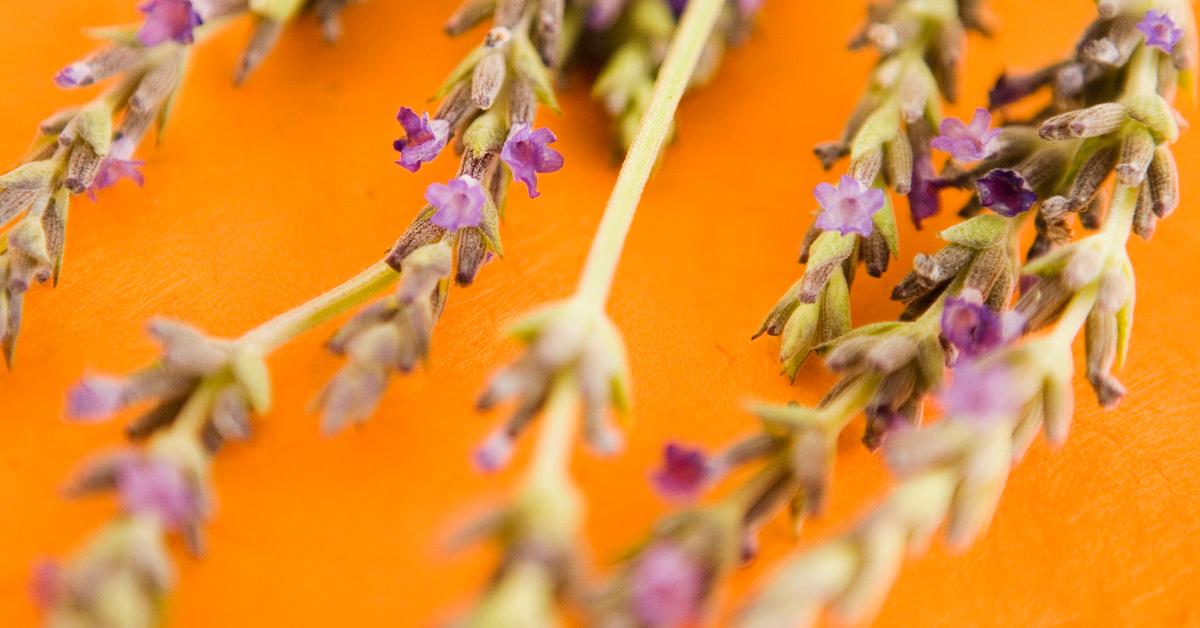
English lavender (also known as lavandula angustifolia) is generally the most commonly grown variety of lavender, but there are many types you can opt for. According to Better Homes & Gardens, they come in a wide variety of colors, including purple, pink, and even white — and most of them are edible.
Lavender can be used fresh, in the form of gorgeous flowers, or it can be dried out. Lavender plants generally thrive in 1 to 3-foot flower beds, in an herbal knot garden, or simply in containers, and prefer full sun and dry conditions, with adequate drainage.
Green Matters’ new book, Green Living, is the perfect guide to living an eco-friendly lifestyle for people at every stage of the process. You can order Green Living here.